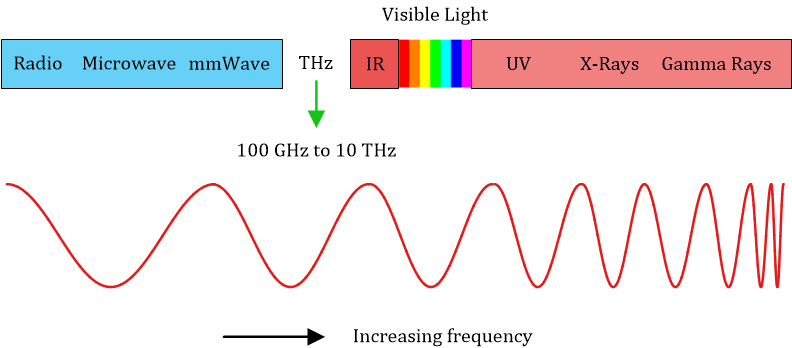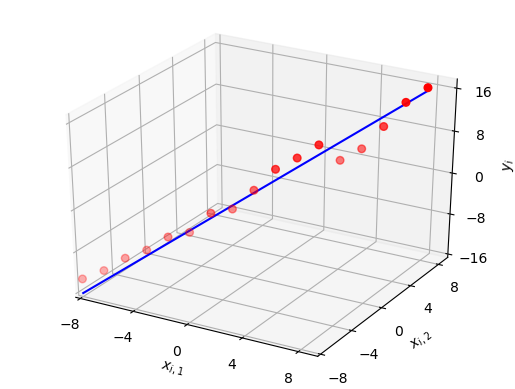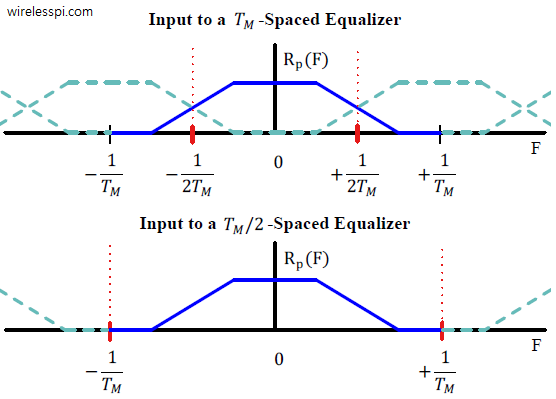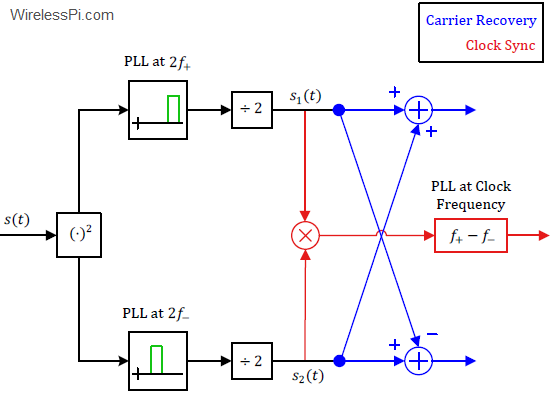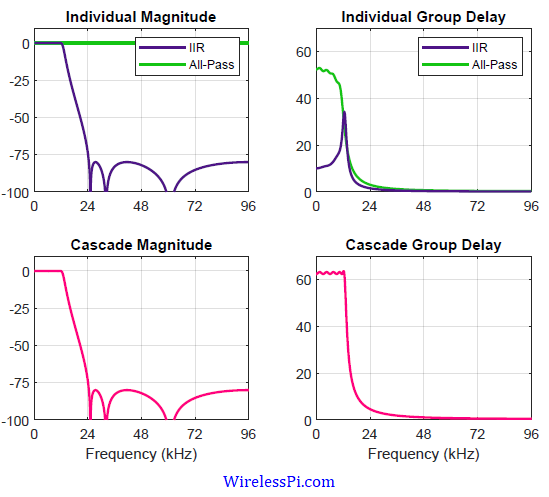Larger bandwidth has been the single most contributing factor in higher data rates throughout the history of wireless communication. In the past decade, this resulted in expansion towards mmWave bands that were adopted in 5G systems. Now the trend is continuing towards Tera Hz (THz) bands where large swathes of bandwidth are available for instantaneous and seamless transfer of huge amounts of information. This is because symbol rate $R_M$ is directly proportional to the bandwidth in digitally modulated signals. \[ R_M=\frac{1}{T_M} \propto B \] This is shown in the figure below where a high data rate implies a short symbol
Continue reading